Climbing Mount Kilimanjaro is on many travelers’ bucket lists, but choosing the right route can make all the difference. This review looks at the 6-day Kilimanjaro Rongai Route offered by KILINGE -ADVENTURES, a package that promises a well-balanced mix of adventure, scenery, and safety. While we haven’t personally trekked it, the detailed itinerary, excellent reviews, and thoughtful planning suggest this could be a top choice for those seeking a manageable yet rewarding ascent.
We particularly appreciate the personalized attention to safety, the variety of landscapes, and the expert guides who seem to make the journey both enjoyable and secure. The price point of $1,080 per person appears reasonable considering what’s included — from accommodations to guiding, water, and camping gear. One aspect to consider is that park fees aren’t included, which adds to the overall cost. This tour is ideal for first-time climbers or those wanting a feasible, well-supported Kilimanjaro experience without the rush of ultra-quick ascents.
Key Points
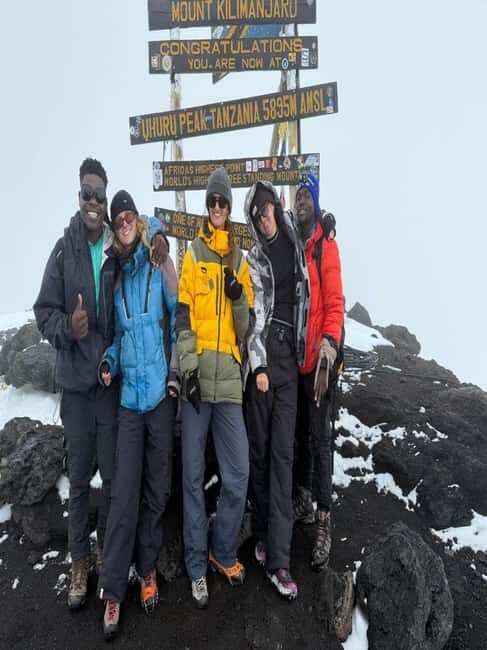
- Designed for success and enjoyment with expert guidance and personalized support
- Includes comprehensive logistics, from transfers to camping equipment
- Highlights diverse scenery, from moorlands to alpine deserts and ice fields
- Challenging early mornings require good prep and stamina, especially for summit night
- Value for money, considering all included services, yet park fees are extra
- Suitable for beginners or those with some trekking experience who want a safer route
The Journey Begins: From Moshi to Simba Camp
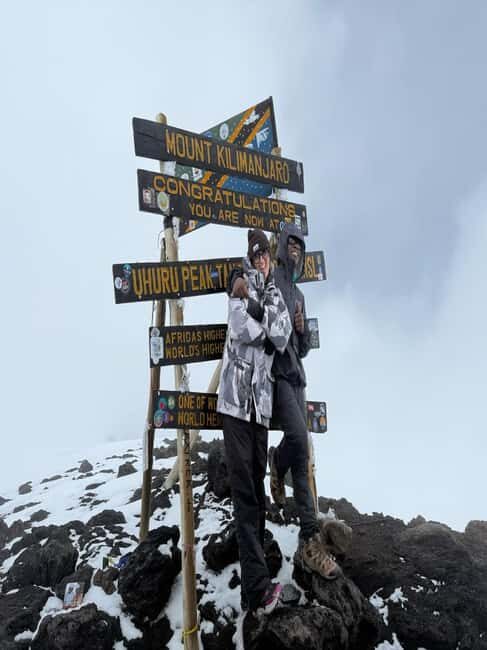
Your adventure kicks off in Moshi, with a roughly 4-5 hour drive through coffee plantations and local villages toward the Kilimanjaro National Park Gate. The scenic drive alone offers a glimpse into the Tanzanian landscape — lush, green, and vibrant with life. Once at the park, your guides will handle the paperwork, and you’ll start your trek to Simba Camp at 2,635 meters.
This first day sets the tone: light walking, acclimatizing, and enjoying the chance to absorb the mountain’s atmosphere. Reviewers mention how the guides are attentive and knowledgeable, making what could be a long day feel relaxed. You’ll pass through farmland and get your first real views of Kilimanjaro’s impressive silhouette looming in the distance. As you settle into camp, you’re already feeling the thrill of being on the mountain.
Day 2: Moving into Moorland Territory
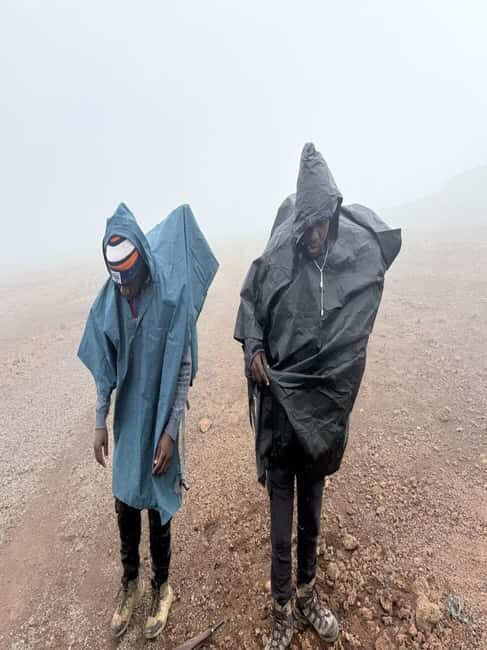
After a hearty breakfast, you’ll continue on the trail, heading toward Second Cave Camp at 3,487 meters. The terrain transitions from lush greenery to moorlands, where small shrubs thin out and the landscape opens up. The route offers spectacular views of Kibo, Kilimanjaro’s tallest summit, and a first glimpse of the ice fields on the crater rim.
Traveling this day, you’ll notice that the temperatures start to drop, so packing warm clothing is essential — even if it’s Tanzania, the mountain’s altitude demands respect. Many reviewers praise how the guides keep a good pace, balancing challenge with safety. The walk is steady, with scenic vistas making the effort feel worthwhile.
Day 3: Approaching the Ice Fields
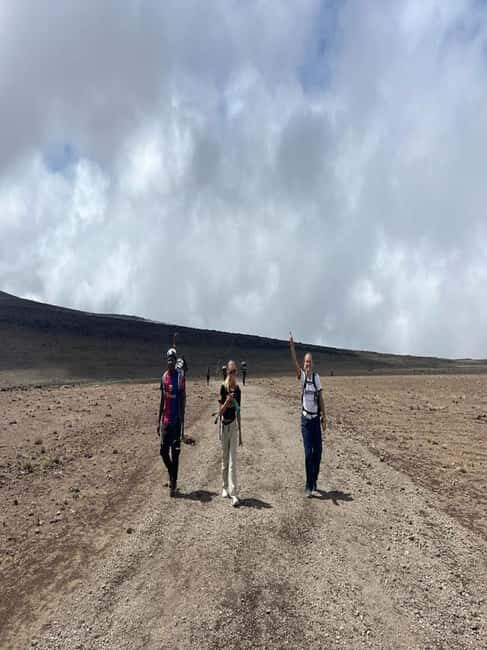
Today, the trek takes you into semi-desert terrain, with less greenery and more rugged, rocky landscapes. The distance might be shorter, but altitude gains mean you should keep an eye on how your body feels and communicate with your guide if needed. The highlight here is the approach toward the Eastern ice fields, which are visible from afar and provide a stunning contrast to the semi-desert surroundings.
The notable thing about this day is the gradual ascent; it’s a good opportunity for acclimatization. Reviewers mention that the guides are attentive, reminding travelers to hydrate and listen to their bodies. A consistent ascent like this helps to prepare for the summit push and keeps fatigue at bay.
Day 4: Into the Alpine Desert and the Kibo Huts
Early morning departure from Third Cave Camp means entering the Alpine Desert, characterized by volcanic ash and mineral-rich terrain. The landscape here is stark but majestic, offering a surreal experience as you climb higher. This is the day you reach the Kibo Huts at 5,174 meters — the point where you’ll prepare for the summit attempt.
Many travelers highlight the importance of good gear for this part of the trek, especially sturdy shoes, gaiters, and warm clothing. The guides typically merge with the Marangu Route at this stage, preparing you for the final ascent. The atmosphere in the camp is a mix of excitement and nervous anticipation, often shared in reviews as a turning point in the journey.
More Great Tours NearbyDay 5: The Final Ascent to Uhuru Peak
This is the most intense stretch of the climb — a pre-dawn start between midnight and 2 a.m. — designed to get you to Uhuru Peak, the highest point on Mount Kilimanjaro at 5,895 meters. The physical and mental effort required is significant, but the sense of achievement is unmatched. Many reviewers mention the importance of a good guide, warm clothing, and a slow, steady pace.
Once at the summit, you’ll want to take photos, catch your breath, and soak in the views — a once-in-a-lifetime moment. After celebrating, the descent begins — a steep and tiring walk down to Horombo Hut, with a quick stop at Kibo Hut for lunch and a brief rest.
The descent is easier on the knees but can be challenging on the ankles due to loose gravel and volcanic ash. Reviewers recommend gaiters and trekking poles to help manage this terrain.
Day 6: Return to Moshi
After breakfast at Horombo Hut, it’s time to say goodbye to the mountain and your crew — many of whom have become like family over the past days. The trail down is a mix of lush, wet, and muddy terrain, especially as temperatures rise. The drive back to Moshi takes around 45 minutes, giving you time to reflect on the achievement and share stories.
What’s Included and What’s Not
This tour covers accommodation in huts, guided safaris, transfers, meals during the hike, drinking water, camping equipment, and a sleeping mattress. It’s a solid setup that ensures comfort and safety without extra hassle.
However, park fees are not included, so you should budget for additional costs. Also, travel insurance and alcoholic beverages are not part of the package, which is typical but worth noting for planning.
Travelers have praised the professionalism of the guides and the quality of the facilities, often mentioning how the guides are knowledgeable, friendly, and attentive to individual needs. Some reviews highlight the benefit of having a personalized experience, with guides adjusting the pace if someone struggles or needs more rest.
Practical Tips for Your Kilimanjaro Trek
- Bring essentials like a hat, gloves, and a warm jacket, especially for summit night.
- Snacks and a flashlight are handy for the early start and long hours.
- Proper footwear like hiking shoes and gaiters will make a difference on loose gravel.
- A sturdy daypack and power bank help manage gear and stay connected.
- Booking flexibility is available — you can reserve now and pay later, with cancellation up to 24 hours in advance.
The Sum Up: Who Will Love This Tour?
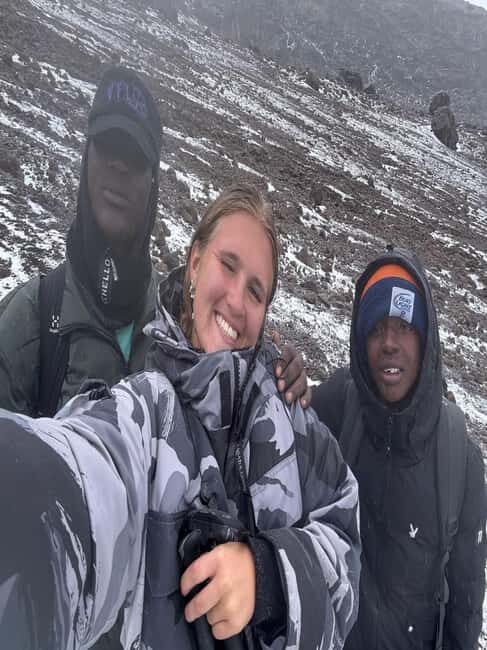
This 6-day Rongai Route offers a well-rounded climb that balances scenic variety, safety, and support. It’s especially suitable for beginners or those with some trekking experience who want a more relaxed pace and personalized guidance. The inclusions and attentive guides make it a smart choice for travelers looking to cross Kilimanjaro off their list without feeling overwhelmed.
For seasoned hikers seeking a shorter, more intense ascent, other routes might be more suitable, but for a first-timer or anyone wanting a supportive, memorable experience, this trek delivers. The stunning views, knowledgeable guides, and supportive atmosphere promise a high-value adventure that’s worth the investment.
Frequently Asked Questions
Are park fees included in the price?
No, the national park fees are not included and will need to be paid separately.
What is the best time to do this trek?
While the exact season isn’t specified, generally dry seasons are preferable for trekking Kilimanjaro, with less rain and mud.
Is this route suitable for beginners?
Yes, this route is designed to maximize success and enjoyment, making it suitable for those new to high-altitude trekking.
What gear should I bring?
Essential items include a hat, snacks, hiking shoes, a jacket, gloves, a sleeping bag, trekking gear, socks, a flashlight, a headscarf, and a power bank.
How long is the drive from Moshi to the park gate?
It takes approximately 4-5 hours, offering scenic views along the way.
Can I book this tour and pay later?
Yes, you can reserve your spot now and pay later, with flexible cancellation up to 24 hours before the start date.
What’s the group size like?
While not explicitly stated, guided tours typically operate in small groups, ensuring personalized attention.
In summary, the Kilimanjaro Rongai Route in 6 days provided by KILINGE -ADVENTURES appears to be a thoughtfully designed, value-packed option for those eager to summit Africa’s highest peak. With expert guides, diverse landscapes, and a focus on safety and enjoyment, it’s an adventure that promises unforgettable memories — provided you’re ready for the early mornings and altitude challenges.
You can check availability for your dates here: